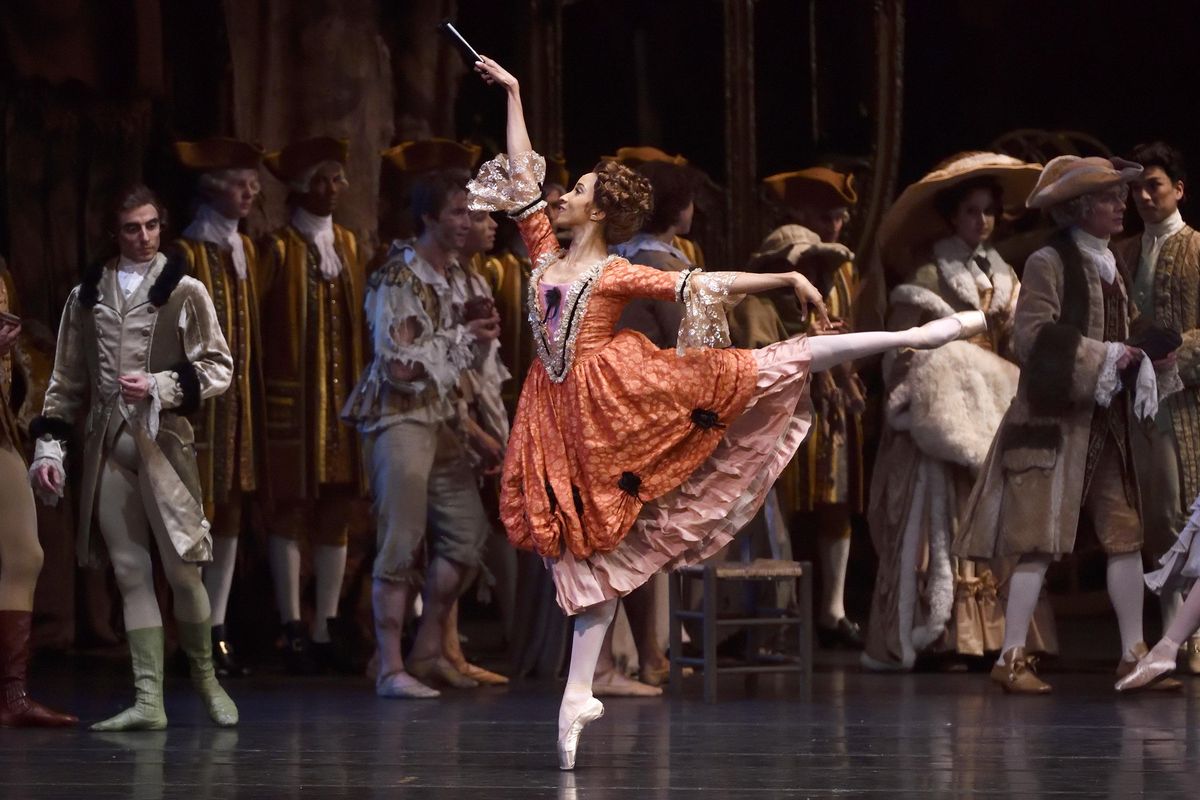What Makes a ‘Good’ Costume? Three Perspectives
For many of us, a costume completes the transition from the rehearsal process to a stage-ready performance. But the components of what makes a “good” costume can vary significantly. Dance Magazine spoke to a ballet dancer, a wardrobe supervisor and a dance critic to find out what they believe makes for a successful costume.
Jon Taylor, wardrobe supervisor for Alvin Ailey American Dance Theater
“A good costume incorporates three major things: the concept, the right fabric and a conversation with the dancer. A costume always has to be rooted within the concept of the piece. When it comes to the fabric, the dancer has to be able to move, while also being durable enough to withstand the strain dancing will put on it. I typically lean towards a cotton micro-blend fabric—that is great for men’s pants and can be dyed for a variety of colors—as well as fabrics like rayon and crêpe. And, lastly, a good costume needs a conversation with the dancer. I always say that if the dancer likes the costume, all they have to worry about is dancing.”
Courtney Lavine, corps de ballet dancer with American Ballet Theatre
“For me, it’s all about the fit. As long as I am able to bend, move and breathe, I’m extremely happy. I don’t like feeling super-covered-up, like I can’t show my lines. Being overwhelmed by the fabric can sometimes take away from my movement and feel like an obstacle. We work so hard in the studio as dancers, trying to perfect everything. Once we get the costume on, it should elevate us, and ultimately help the character come alive.”
Siobhan Burke, dance writer and critic
“Great costumes make a statement. As someone who sees a lot of dance and new works, I love when costumes spark a conversation with a choreographer’s larger body of work. It’s always refreshing to see something unexpected. A good costume also draws out certain elements on the piece. It complements aspects of the environment and creates a particular mood. You can always tell when a costume designer understands dancers and their bodies. The dancer should never be fighting against the costume. It should make them feel more free, and when you can see that from the audience, it immediately changes the experience.”





